Are Fragmented Forests a Threat to Birdlife?
You are here
 Lire en français [2]
Lire en français [2]Are Fragmented Forests a Threat to Birdlife?
This mission to French Guiana was undertaken as part of the Frag&Binv project: http://habitat-fragmentation.cnrs.fr [9]
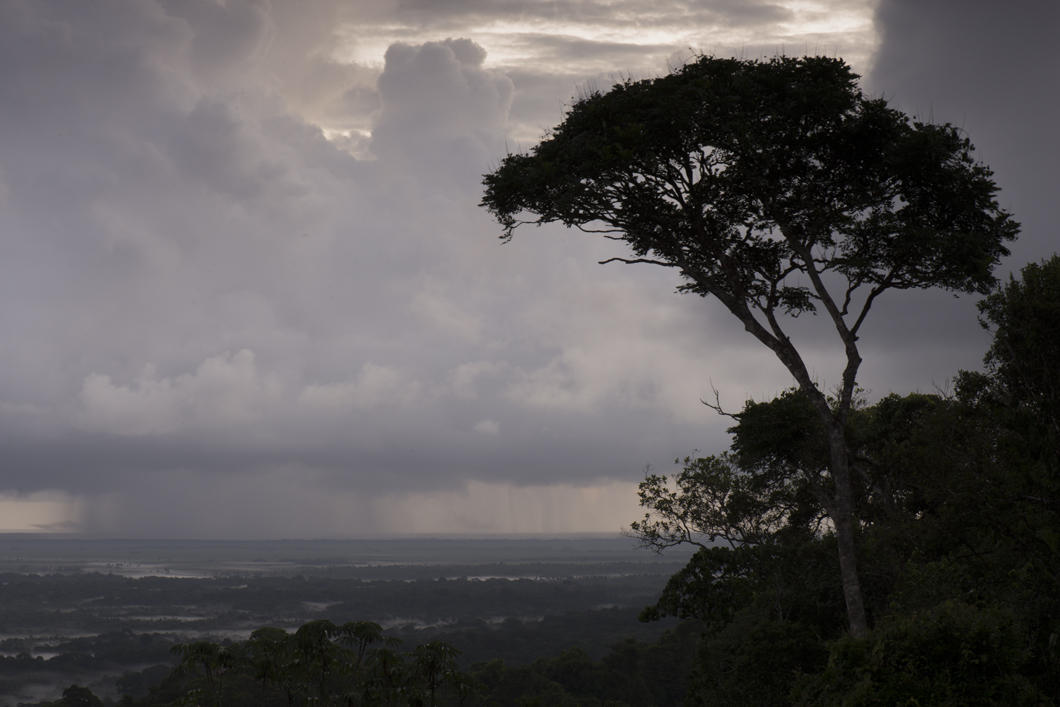
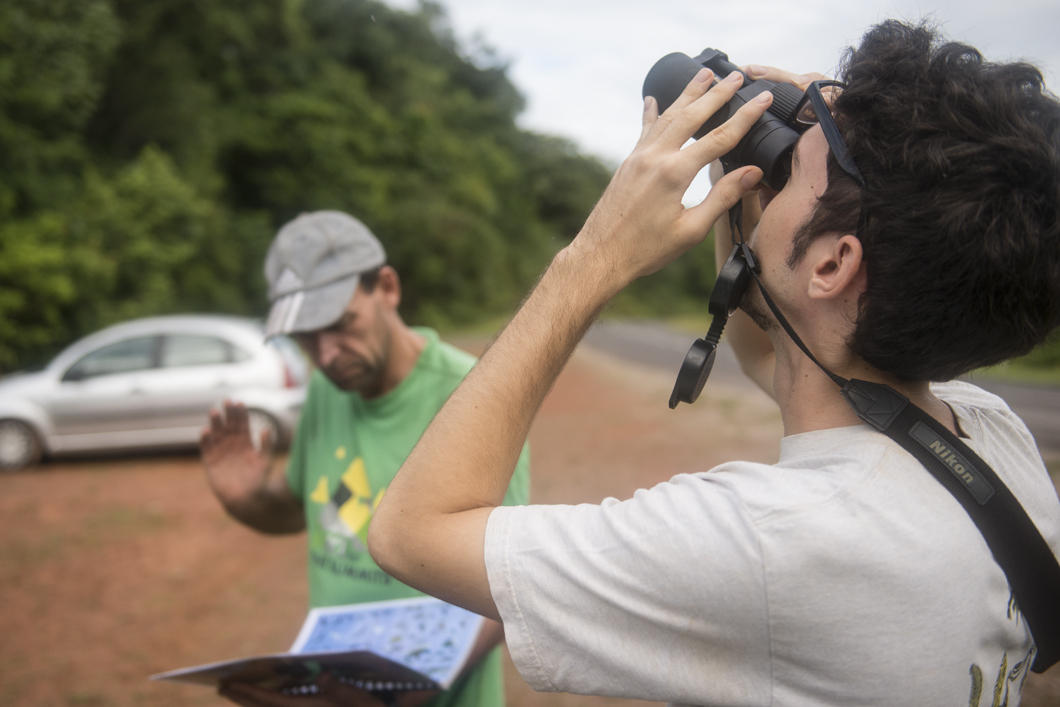
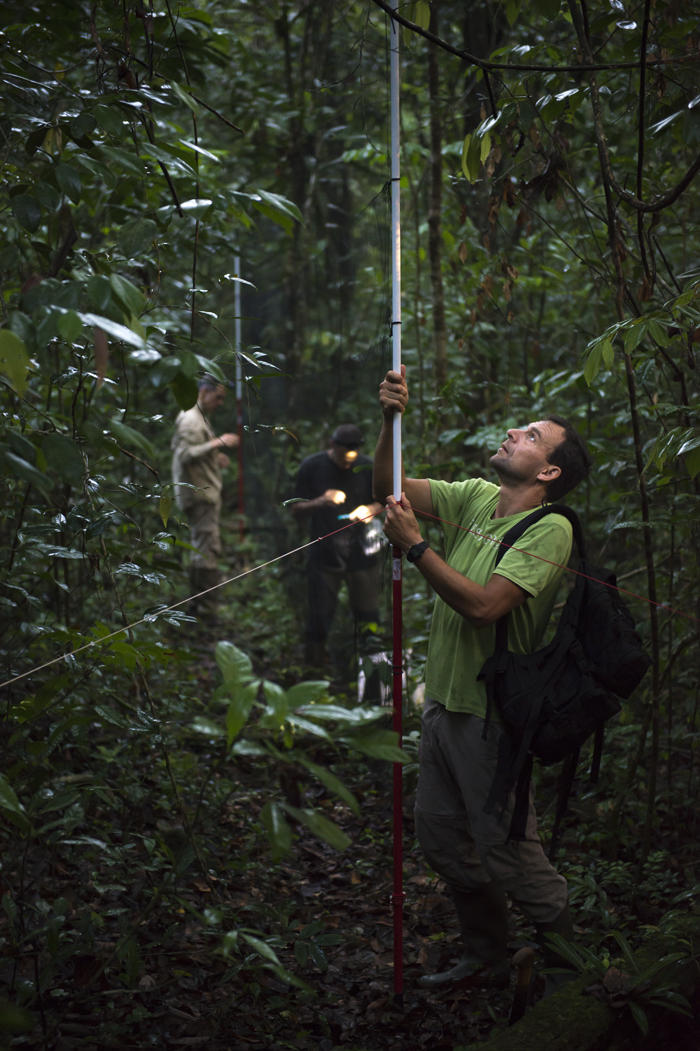
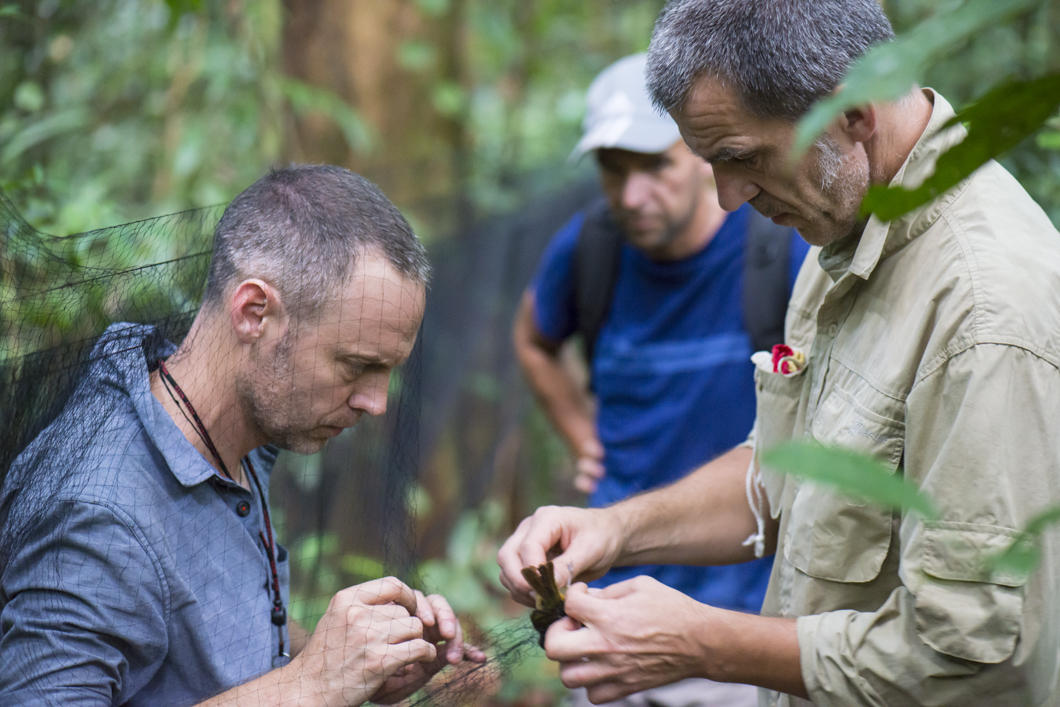
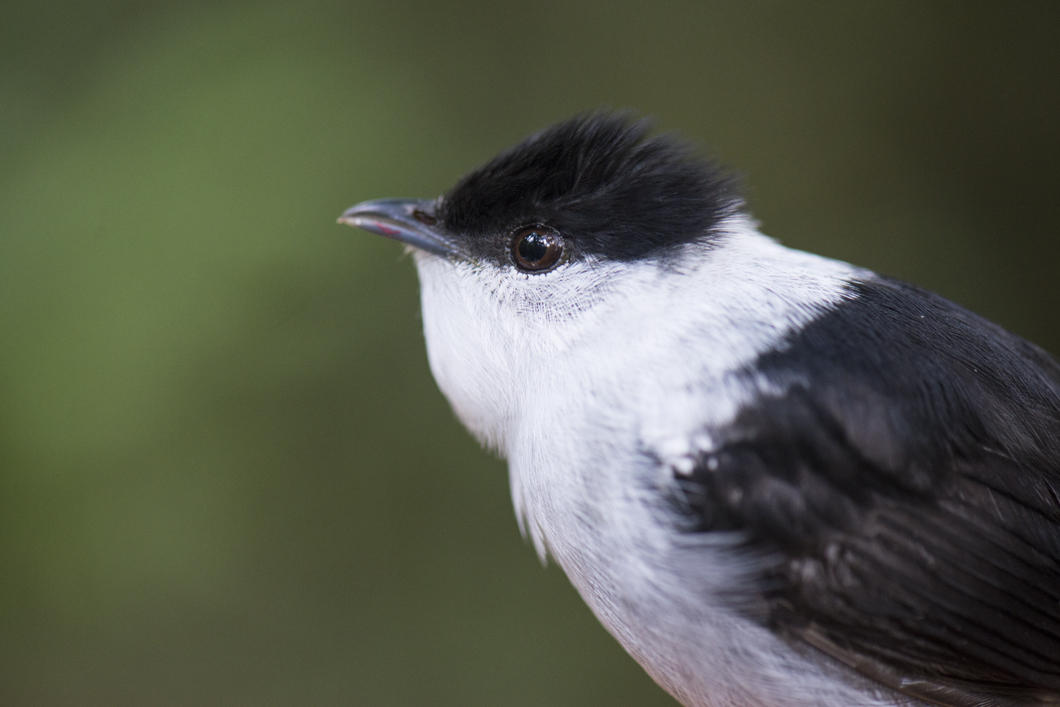
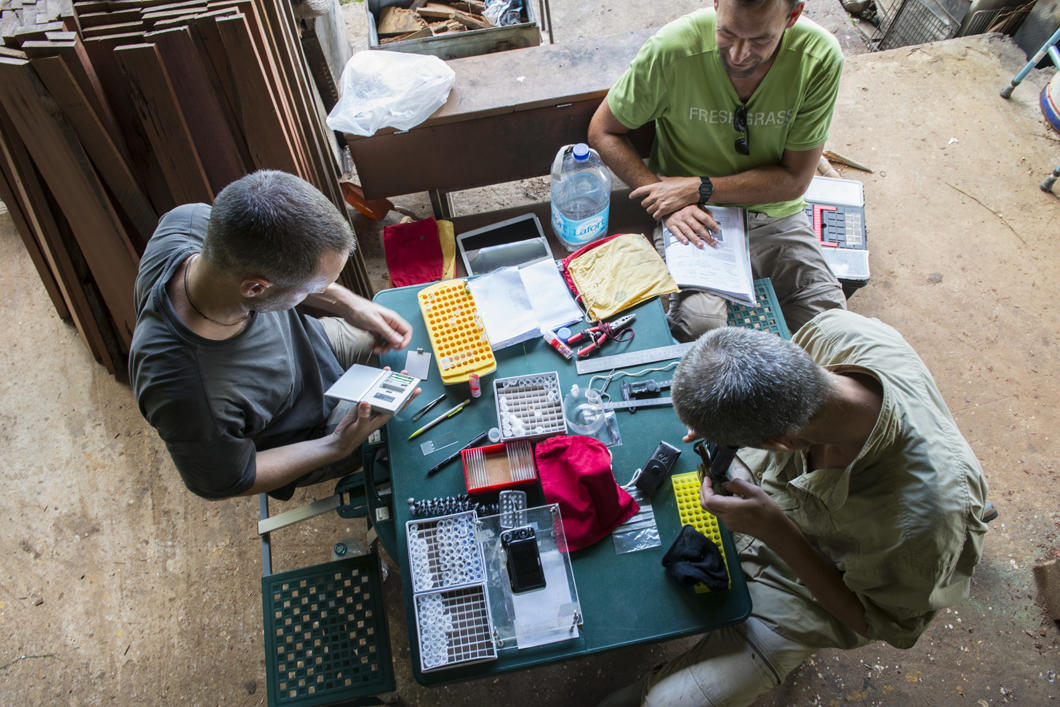
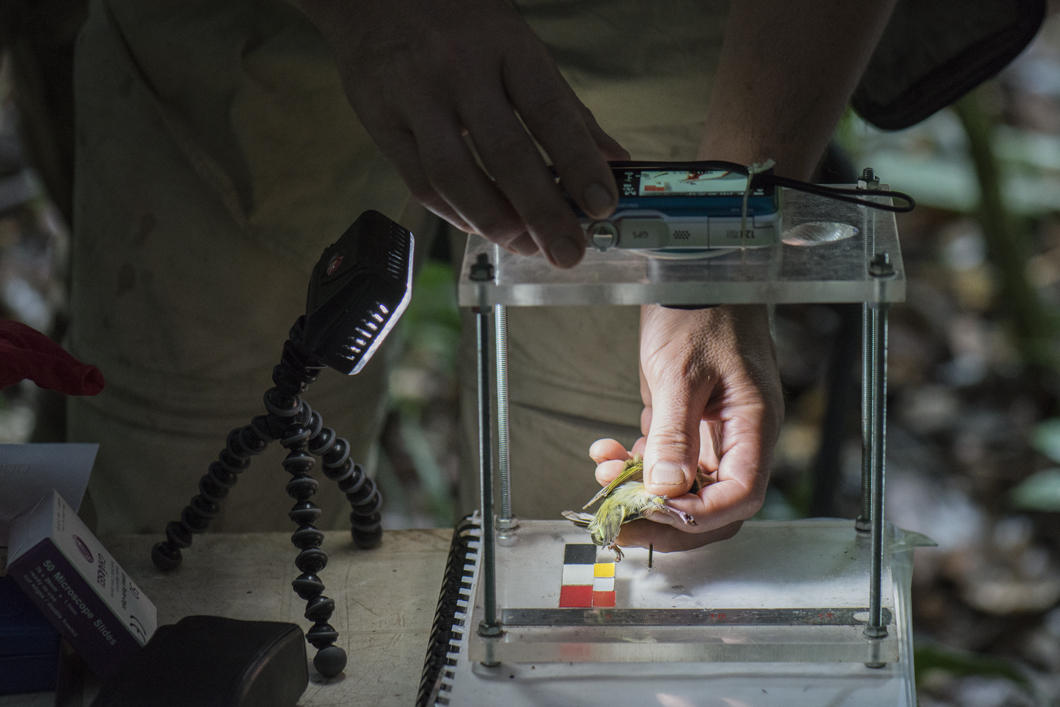
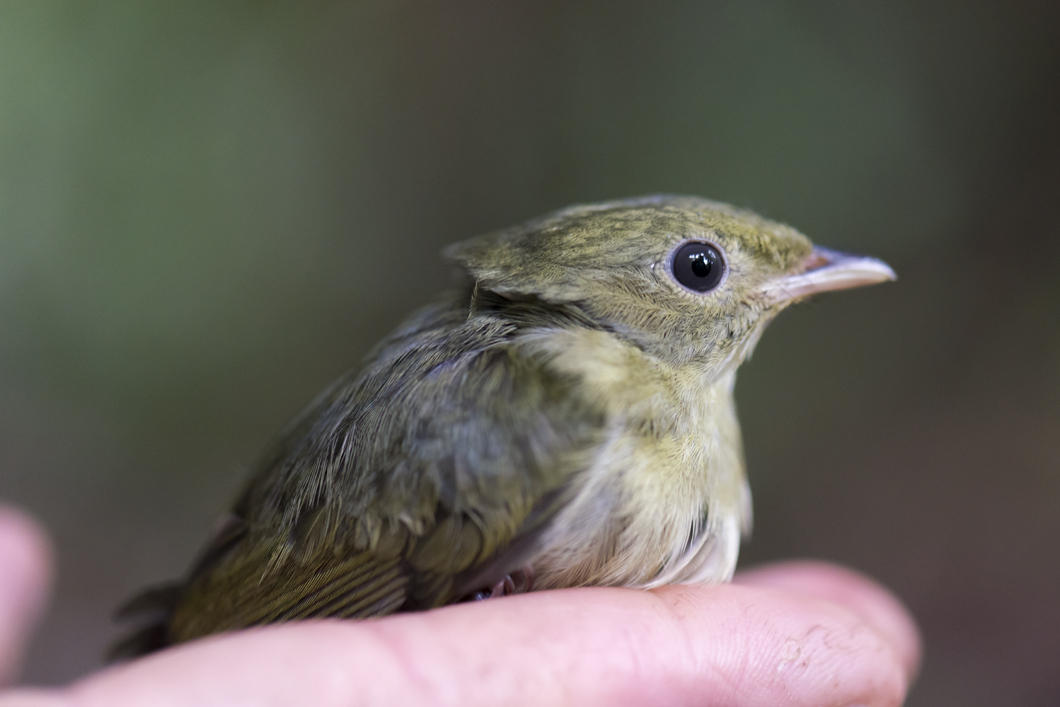

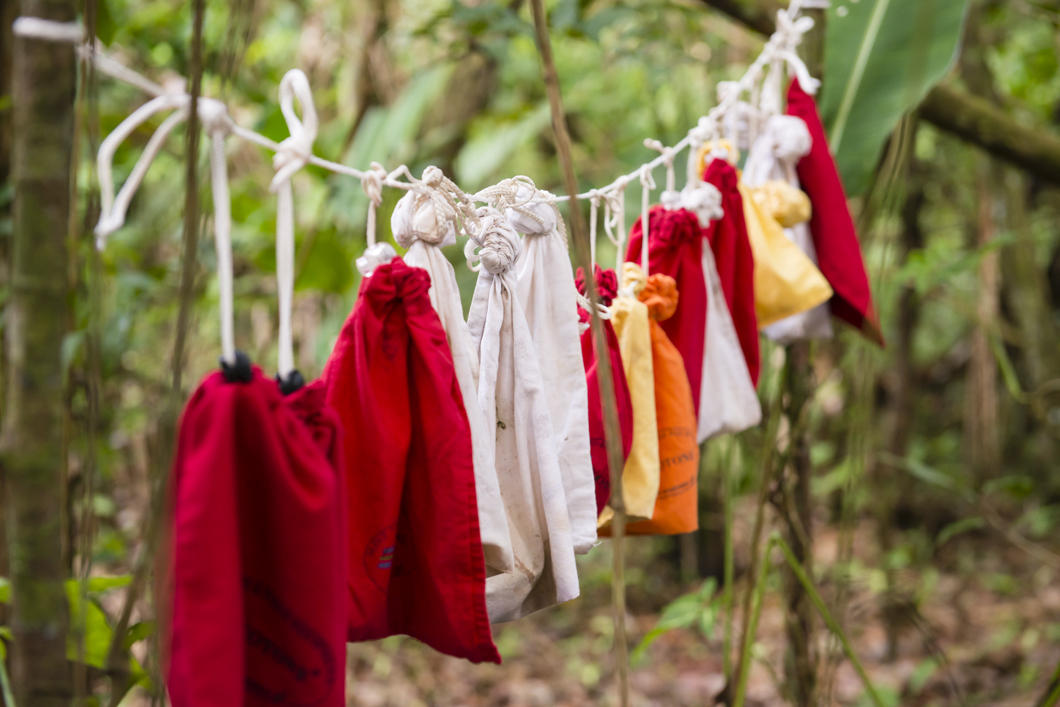
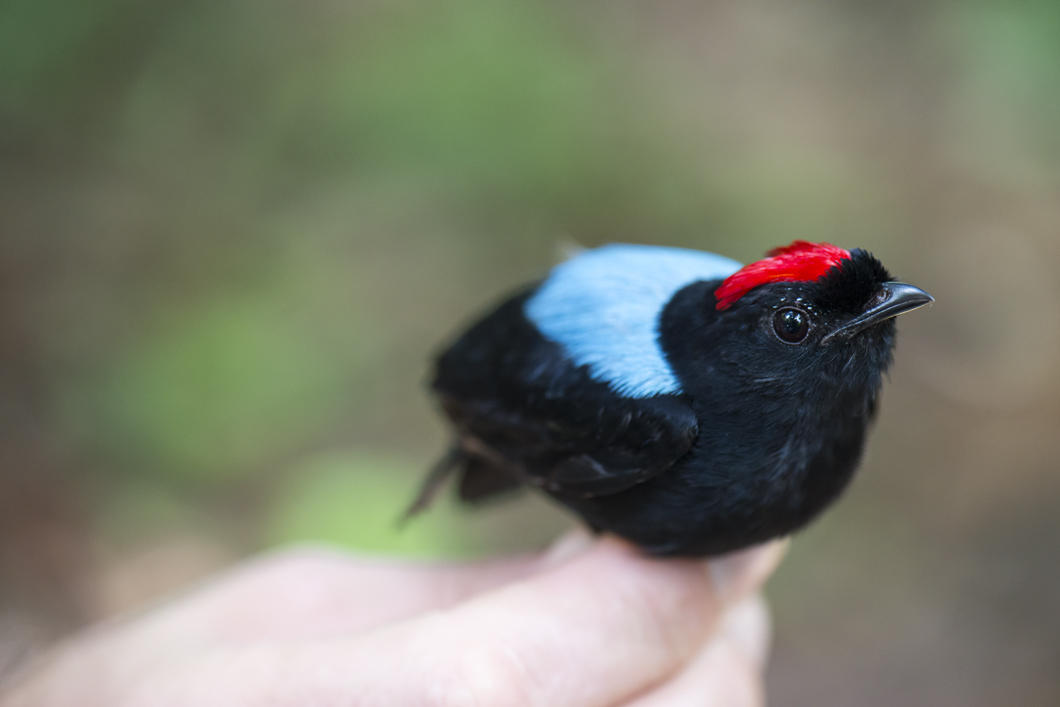
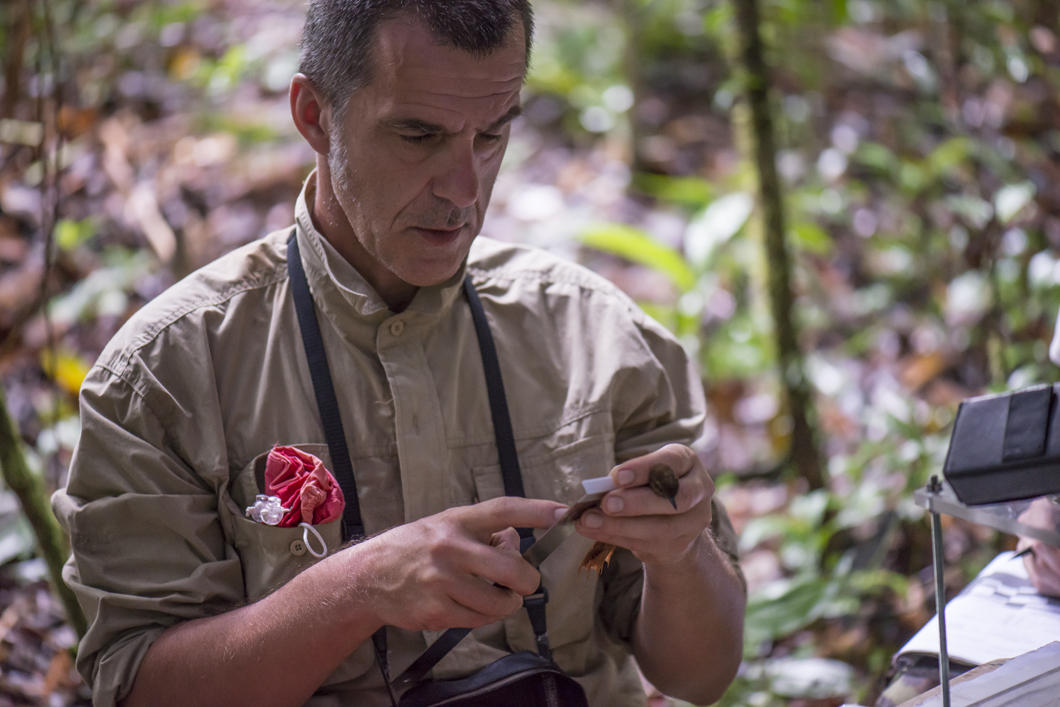
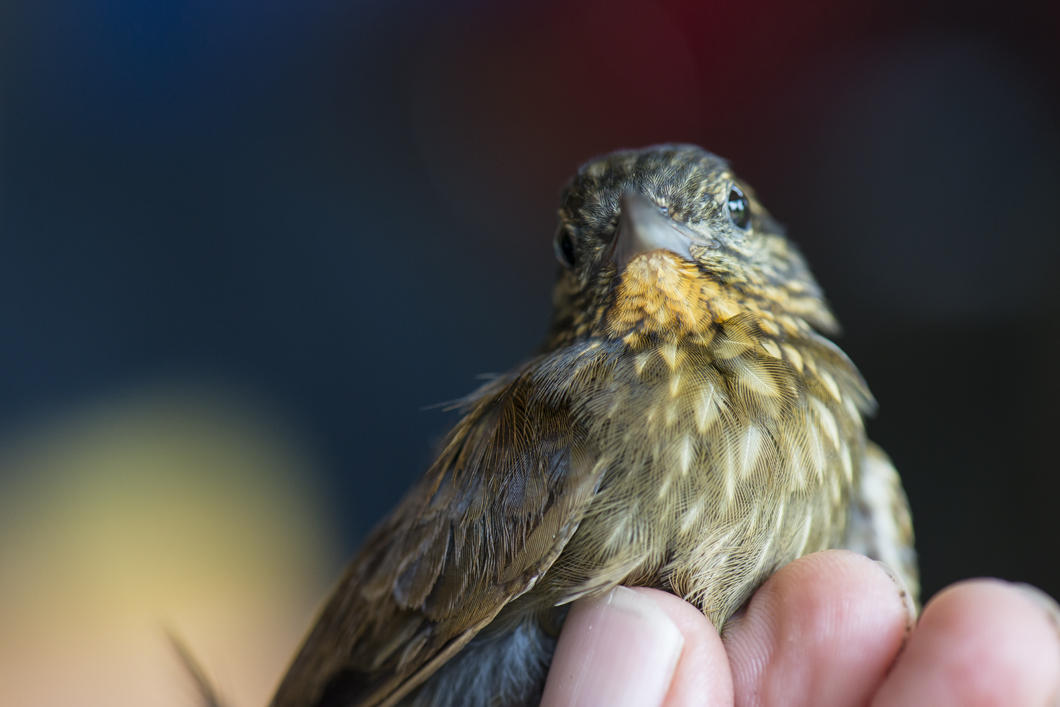
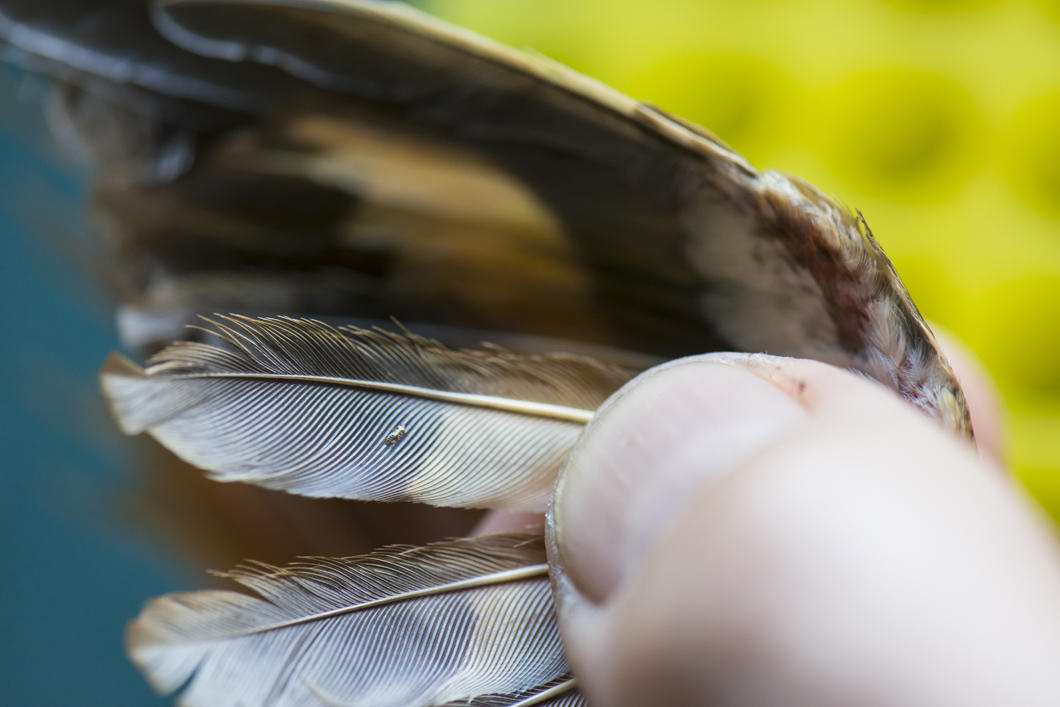
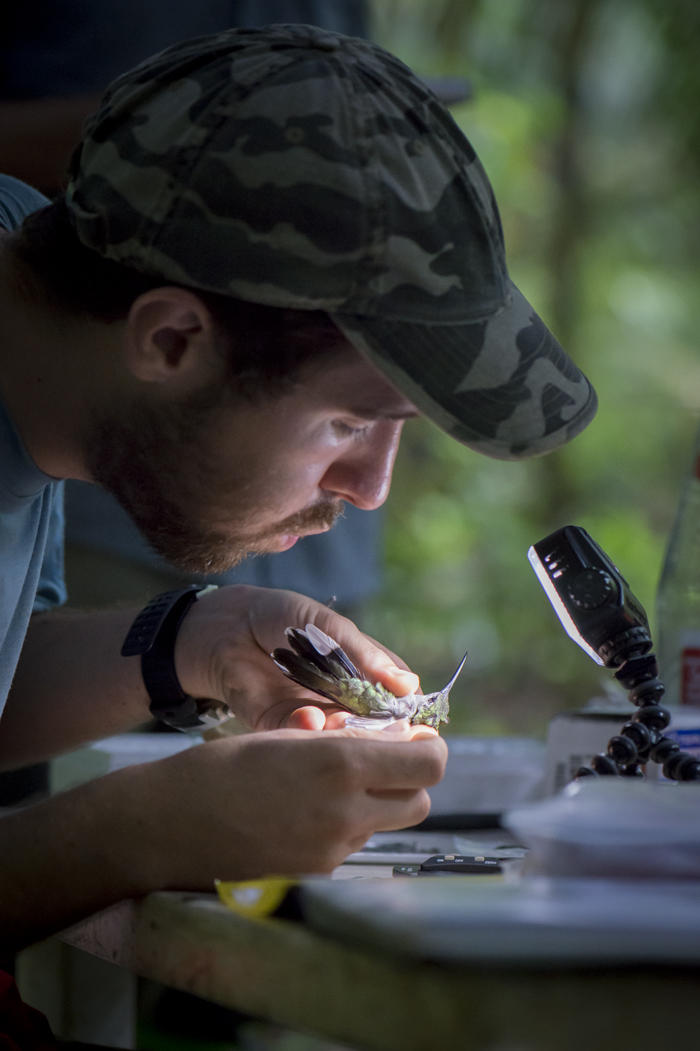
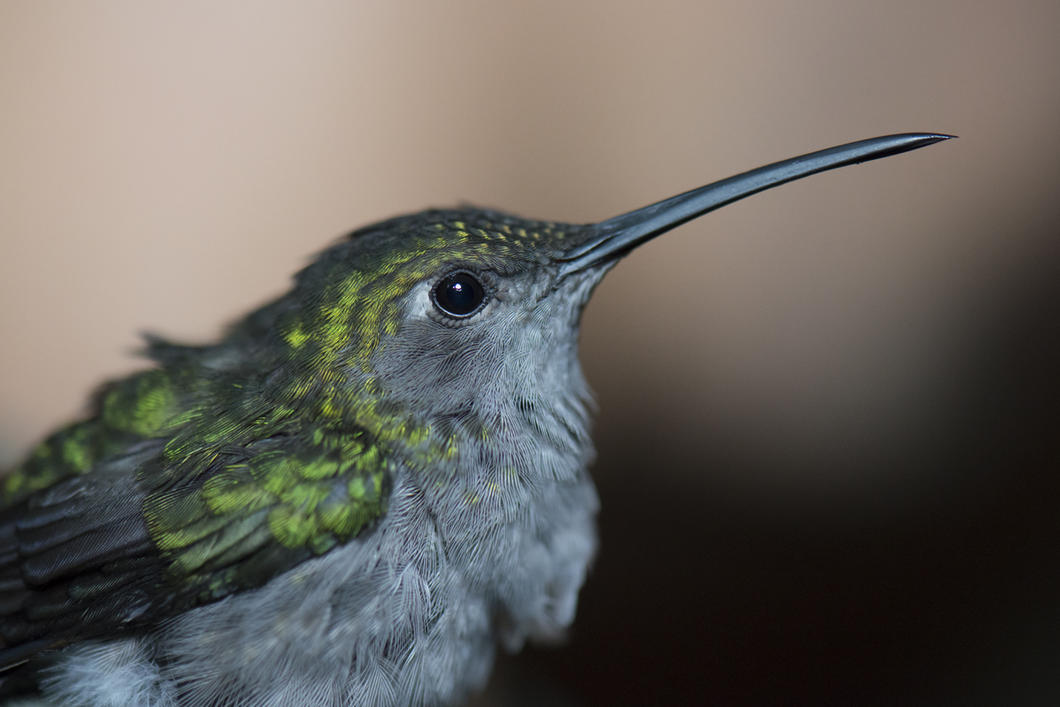
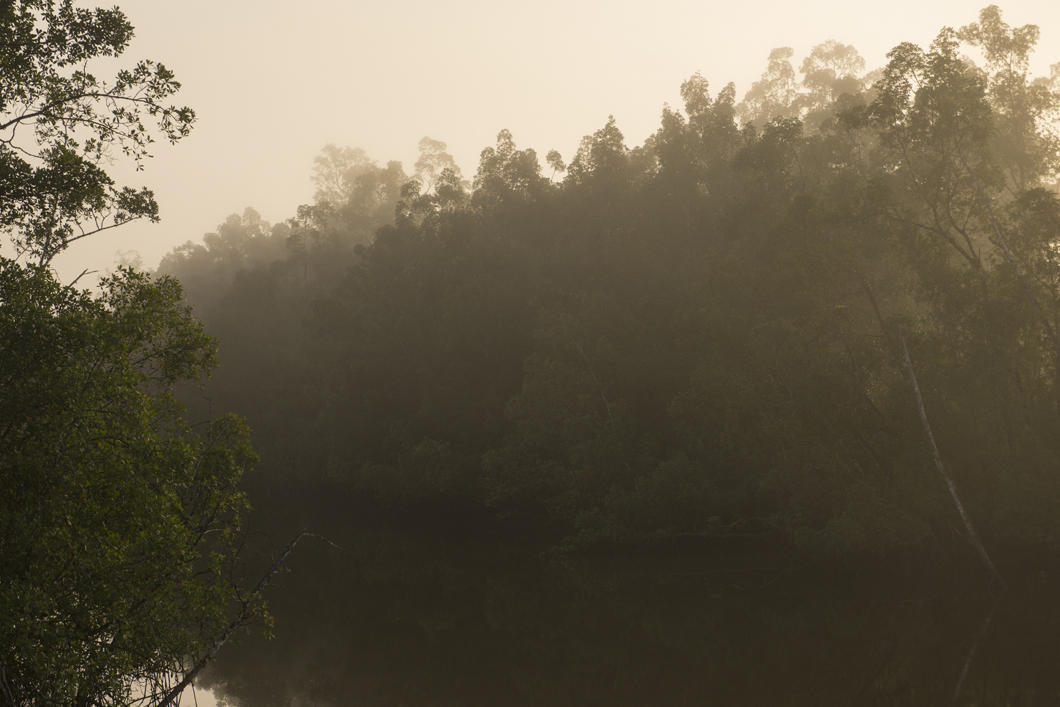

 Lire en français [2]
Lire en français [2]This mission to French Guiana was undertaken as part of the Frag&Binv project: http://habitat-fragmentation.cnrs.fr [9]

















Links
[1] https://news.cnrs.fr/
[2] https://lejournal.cnrs.fr/diaporamas/forets-morcelees-oiseaux-menaces
[3] https://news.cnrs.fr/javascript%3A%3B
[4] https://news.cnrs.fr/life
[5] https://news.cnrs.fr/earth
[6] https://news.cnrs.fr/ecology
[7] https://news.cnrs.fr/authors/audrey-diguet
[8] https://news.cnrs.fr/authors/anne-lise-christmann
[9] http://habitat-fragmentation.cnrs.fr
[10] https://twitter.com/intent/tweet?status=https%3A//news.cnrs.fr/print/732
[11] http://www.facebook.com/sharer/sharer.php?s=100&p%5Burl%5D=https%3A//news.cnrs.fr/print/732&p%5Btitle%5D=Are%20Fragmented%20Forests%20a%20Threat%20to%20Birdlife%3F&p%5Bimages%5D%5B0%5D=https%3A//news.cnrs.fr/sites/default/files/styles/lightbox-hd/public/assets/images/2014n02490hd.jpg%3Fitok%3DLFHNZjqn&p%5Bsummary%5D=
[12] http://www.facebook.com/sharer/sharer.php?s=100&p%5Burl%5D=https%3A//news.cnrs.fr/print/732&p%5Btitle%5D=Are%20Fragmented%20Forests%20a%20Threat%20to%20Birdlife%3F&p%5Bimages%5D%5B0%5D=https%3A//news.cnrs.fr/sites/default/files/styles/lightbox-hd/public/assets/images/2014n02456hd.jpg%3Fitok%3DueTepvKc&p%5Bsummary%5D=
[13] http://www.facebook.com/sharer/sharer.php?s=100&p%5Burl%5D=https%3A//news.cnrs.fr/print/732&p%5Btitle%5D=Are%20Fragmented%20Forests%20a%20Threat%20to%20Birdlife%3F&p%5Bimages%5D%5B0%5D=https%3A//news.cnrs.fr/sites/default/files/styles/lightbox-hd/public/assets/images/2014n02510hd.jpg%3Fitok%3D5p-SUqNI&p%5Bsummary%5D=
[14] http://www.facebook.com/sharer/sharer.php?s=100&p%5Burl%5D=https%3A//news.cnrs.fr/print/732&p%5Btitle%5D=Are%20Fragmented%20Forests%20a%20Threat%20to%20Birdlife%3F&p%5Bimages%5D%5B0%5D=https%3A//news.cnrs.fr/sites/default/files/styles/lightbox-hd/public/assets/images/2014n02500hd.jpg%3Fitok%3DLiDR7LmV&p%5Bsummary%5D=
[15] http://www.facebook.com/sharer/sharer.php?s=100&p%5Burl%5D=https%3A//news.cnrs.fr/print/732&p%5Btitle%5D=Are%20Fragmented%20Forests%20a%20Threat%20to%20Birdlife%3F&p%5Bimages%5D%5B0%5D=https%3A//news.cnrs.fr/sites/default/files/styles/lightbox-hd/public/assets/images/2014n02559hd.jpg%3Fitok%3D8yX-c5Gp&p%5Bsummary%5D=
[16] http://www.facebook.com/sharer/sharer.php?s=100&p%5Burl%5D=https%3A//news.cnrs.fr/print/732&p%5Btitle%5D=Are%20Fragmented%20Forests%20a%20Threat%20to%20Birdlife%3F&p%5Bimages%5D%5B0%5D=https%3A//news.cnrs.fr/sites/default/files/styles/lightbox-hd/public/assets/images/2014n02522hd.jpg%3Fitok%3D7ywfJRSQ&p%5Bsummary%5D=
[17] http://www.facebook.com/sharer/sharer.php?s=100&p%5Burl%5D=https%3A//news.cnrs.fr/print/732&p%5Btitle%5D=Are%20Fragmented%20Forests%20a%20Threat%20to%20Birdlife%3F&p%5Bimages%5D%5B0%5D=https%3A//news.cnrs.fr/sites/default/files/styles/lightbox-hd/public/assets/images/2014n02469hd.jpg%3Fitok%3DzaxpvFTO&p%5Bsummary%5D=
[18] http://www.facebook.com/sharer/sharer.php?s=100&p%5Burl%5D=https%3A//news.cnrs.fr/print/732&p%5Btitle%5D=Are%20Fragmented%20Forests%20a%20Threat%20to%20Birdlife%3F&p%5Bimages%5D%5B0%5D=https%3A//news.cnrs.fr/sites/default/files/styles/lightbox-hd/public/assets/images/2014n02470hd.jpg%3Fitok%3DmDCqcJJv&p%5Bsummary%5D=
[19] http://www.facebook.com/sharer/sharer.php?s=100&p%5Burl%5D=https%3A//news.cnrs.fr/print/732&p%5Btitle%5D=Are%20Fragmented%20Forests%20a%20Threat%20to%20Birdlife%3F&p%5Bimages%5D%5B0%5D=https%3A//news.cnrs.fr/sites/default/files/styles/lightbox-hd/public/assets/images/2014n02518hd.jpg%3Fitok%3DIIkwHd-4&p%5Bsummary%5D=
[20] http://www.facebook.com/sharer/sharer.php?s=100&p%5Burl%5D=https%3A//news.cnrs.fr/print/732&p%5Btitle%5D=Are%20Fragmented%20Forests%20a%20Threat%20to%20Birdlife%3F&p%5Bimages%5D%5B0%5D=https%3A//news.cnrs.fr/sites/default/files/styles/lightbox-hd/public/assets/images/2014n02556hd.jpg%3Fitok%3Djqm-9IJk&p%5Bsummary%5D=
[21] http://www.facebook.com/sharer/sharer.php?s=100&p%5Burl%5D=https%3A//news.cnrs.fr/print/732&p%5Btitle%5D=Are%20Fragmented%20Forests%20a%20Threat%20to%20Birdlife%3F&p%5Bimages%5D%5B0%5D=https%3A//news.cnrs.fr/sites/default/files/styles/lightbox-hd/public/assets/images/2014n02560hd.jpg%3Fitok%3DL6cFAozO&p%5Bsummary%5D=
[22] http://www.facebook.com/sharer/sharer.php?s=100&p%5Burl%5D=https%3A//news.cnrs.fr/print/732&p%5Btitle%5D=Are%20Fragmented%20Forests%20a%20Threat%20to%20Birdlife%3F&p%5Bimages%5D%5B0%5D=https%3A//news.cnrs.fr/sites/default/files/styles/lightbox-hd/public/assets/images/2014n02468hd.jpg%3Fitok%3D81_vS9H1&p%5Bsummary%5D=
[23] http://www.facebook.com/sharer/sharer.php?s=100&p%5Burl%5D=https%3A//news.cnrs.fr/print/732&p%5Btitle%5D=Are%20Fragmented%20Forests%20a%20Threat%20to%20Birdlife%3F&p%5Bimages%5D%5B0%5D=https%3A//news.cnrs.fr/sites/default/files/styles/lightbox-hd/public/assets/images/2014n02505hd.jpg%3Fitok%3DTC-iw30g&p%5Bsummary%5D=
[24] http://www.facebook.com/sharer/sharer.php?s=100&p%5Burl%5D=https%3A//news.cnrs.fr/print/732&p%5Btitle%5D=Are%20Fragmented%20Forests%20a%20Threat%20to%20Birdlife%3F&p%5Bimages%5D%5B0%5D=https%3A//news.cnrs.fr/sites/default/files/styles/lightbox-hd/public/assets/images/2014n02521hd.jpg%3Fitok%3DX9smvYvC&p%5Bsummary%5D=
[25] http://www.facebook.com/sharer/sharer.php?s=100&p%5Burl%5D=https%3A//news.cnrs.fr/print/732&p%5Btitle%5D=Are%20Fragmented%20Forests%20a%20Threat%20to%20Birdlife%3F&p%5Bimages%5D%5B0%5D=https%3A//news.cnrs.fr/sites/default/files/styles/lightbox-hd/public/assets/images/2014n02475hd.jpg%3Fitok%3DylU-KUwA&p%5Bsummary%5D=
[26] http://www.facebook.com/sharer/sharer.php?s=100&p%5Burl%5D=https%3A//news.cnrs.fr/print/732&p%5Btitle%5D=Are%20Fragmented%20Forests%20a%20Threat%20to%20Birdlife%3F&p%5Bimages%5D%5B0%5D=https%3A//news.cnrs.fr/sites/default/files/styles/lightbox-hd/public/assets/images/2014n02476hd.jpg%3Fitok%3DQPVKaqwj&p%5Bsummary%5D=
[27] http://www.facebook.com/sharer/sharer.php?s=100&p%5Burl%5D=https%3A//news.cnrs.fr/print/732&p%5Btitle%5D=Are%20Fragmented%20Forests%20a%20Threat%20to%20Birdlife%3F&p%5Bimages%5D%5B0%5D=https%3A//news.cnrs.fr/sites/default/files/styles/lightbox-hd/public/assets/images/2014n02437hd_0.jpg%3Fitok%3DpZiDcEby&p%5Bsummary%5D=
[28] https://news.cnrs.fr/articles/a-climate-history
[29] https://news.cnrs.fr/slideshows/beauty-behind-math
[30] https://news.cnrs.fr/bird
[31] https://news.cnrs.fr/guiana
[32] https://news.cnrs.fr/fragmentation-0
[33] https://news.cnrs.fr/forest
[34] https://news.cnrs.fr/biodiversity
[35] http://www.facebook.com/sharer/sharer.php?s=100&p%5Burl%5D=https%3A//news.cnrs.fr/print/732&p%5Btitle%5D=Are%20Fragmented%20Forests%20a%20Threat%20to%20Birdlife%3F&p%5Bimages%5D%5B0%5D=&p%5Bsummary%5D=
[36] https://news.cnrs.fr/printmail/732
[37] https://news.cnrs.fr/videos/landscapes-to-listen-to-1
[38] https://news.cnrs.fr/articles/muting-tinnitus
[39] https://news.cnrs.fr/articles/claire-de-march-a-researcher-with-flair
[40] https://news.cnrs.fr/articles/sacrificing-land-to-oil
[41] https://news.cnrs.fr/articles/putting-our-organs-on-chips
[42] https://news.cnrs.fr/articles/the-earth-precariously-balanced
[43] https://news.cnrs.fr/slideshows/bringing-alsaces-hamsters-back-from-the-brink
[44] https://news.cnrs.fr/articles/sandra-lavorel-an-ecologist-at-the-peak
[45] https://news.cnrs.fr/articles/biodiversity-beneath-the-tarmac
[46] https://news.cnrs.fr/articles/forests-faced-with-climate-change
[47] https://news.cnrs.fr/crss/node/732
[48] https://news.cnrs.fr/user/login?destination=print/732
[49] https://news.cnrs.fr/user/register?destination=print/732
Comments
Log in, join the CNRS News community